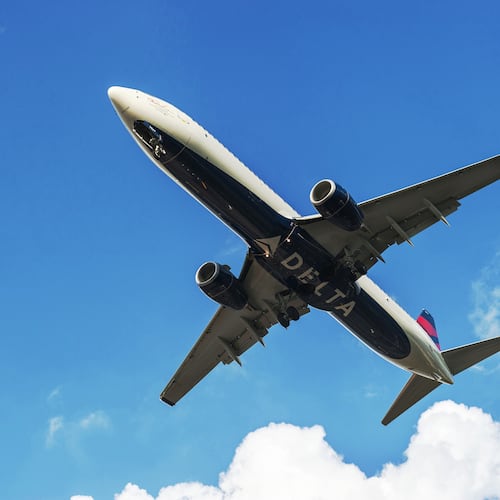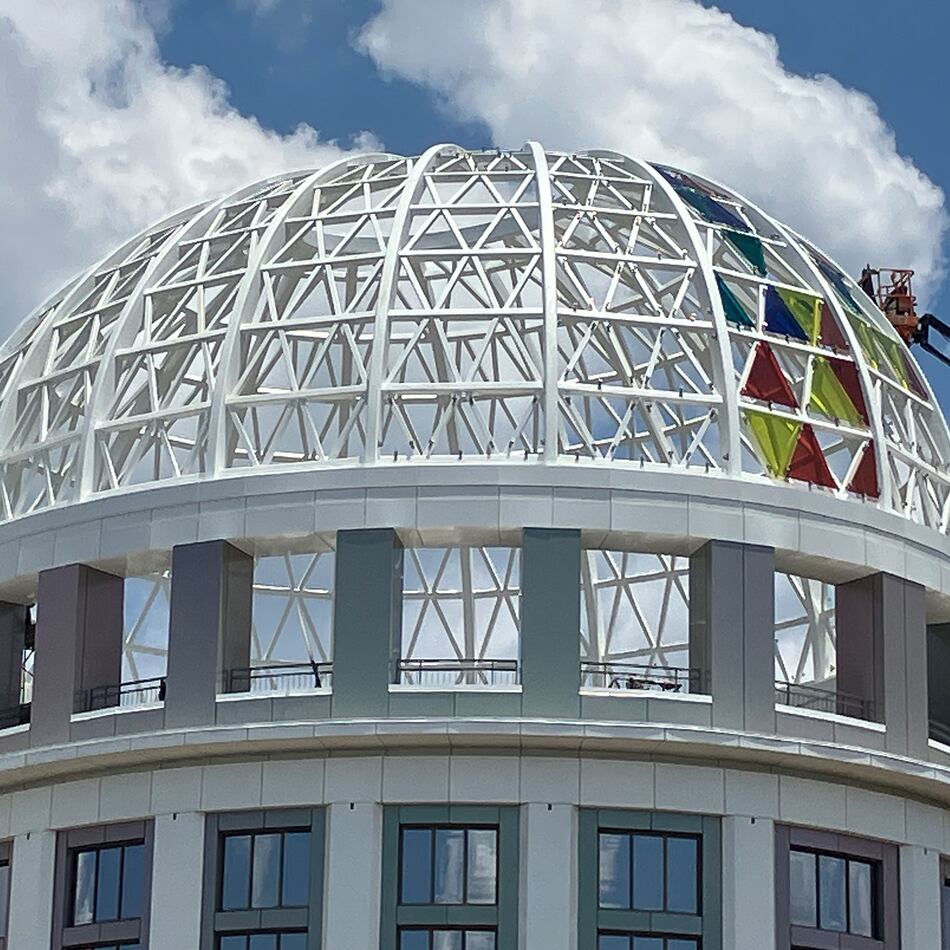Over the past decade, many Cobb County residents have paid a special fee — totaling more than $43 million — that the county said was going toward maintaining street lights in neighborhoods.
In fact, the county has diverted $5.89 million of that revenue to feed its general fund in what has amounted to a hidden tax on about 65 percent of the county’s unincorporated residents, The Atlanta Journal-Constitution has learned.
Questioned by the AJC, top county officials say they discovered in December that surplus money from the street light program was being spent on other needs. But the county has not yet taken any action to change that.
County Manager David Hankerson acknowledged that the practice “raises some concerns” but defended the county’s use of the money.
Cobb’s street light ordinance states that the fee collected from residents is for “the cost of providing and maintaining street light service.”
Cobb’s response: The ordinance doesn’t say the county can’t use extra money for other expenses.
“Whether you agree or disagree, we tend to look a lot at what it says you can’t do,” Hankerson said.
At least one Cobb County commissioner, Bob Ott, has concerns about the county’s actions.
If the county is telling residents that the money is for a specific service, Ott said, “then that ought to be how it works. If that’s not how it works, then you’re not telling the people what’s really going on.”
Charge added to water bill
There are 107,000 households in Cobb’s street light program, which pays for the installation, maintenance and replacement of the street lights, as well as the electricity costs.
Neighborhoods or subdivisions can join the program as long as three-quarters of their residents sign a petition in support.
New members pay $9.50 per month for the first 23 months, then $3.50 monthly after that. The charge is added to residents’ water bills.
On average, the county brings in $4.3 million yearly for its street light program, according to data obtained by the AJC through an Open Records Act request.
The Cobb government website states: “The street light funds go to the county’s general fund to pay for utility costs and other maintenance associated with providing this service.”
What the county doesn’t tell residents is that, each year, about $600,000 of those fees— about 14 percent of the total street light revenue — has been diverted to other county needs.
When asked where the extra money goes, county spokesman Robert Quigley said in an e-mail that it is “spent on a variety of things, which could include police salaries, playground equipment or fixing pot holes, etc.”
A taxpayer watchdog group based in Washington said Cobb’s use of the money is inappropriate.
If the money is collected for a specific purpose, then it should be used only for that, regardless of whether the county ordinance prohibits it or not, said Leslie Paige, spokeswoman for Citizens Against Government Waste.
“It shouldn’t have to say that,” Paige said. “Because the government is not entitled to the money automatically. The government is not entitled to keep any extra without coming back to the people and saying, ‘We want to use this for something else.’ ”
Andy Padgett, 71, who lives in northwest Cobb and has been paying the fee since the 1980s, said it should be spent on the street light program and nothing else.
“The county’s just ripping us off under the guise that the money is paying for street lights,” Padgett said. “I think the county ought to refund people and lower the rates.”
Thellis Myers, an east Cobb resident, is one of the program’s newest members. His subdivision, Foxridge Court, submitted its petition in March and got street lights installed in June.
Myers, who spearheaded the effort, said he was not aware that excess street light revenue went toward paying other county expenses.
“I think that’s absurd,” Myers, 71, said. “I don’t think we should be paying extra for another expense.”
Hankerson said he was surprised to learn recently that surplus money was being used for other purposes, and added that the practice has been going on since before he became county manager in 1993.
“I really didn’t know and had never asked, ‘Where does the surplus money go?’ ” Hankerson said.
When asked how long surplus money has been diverted, Quigley said it apparently has been happening since the program was created about three decades ago.
Each year, all money earmarked for the street light program is put in the general fund. The program has withdrawn money as needed, but used the rest for other purposes.
Hankerson said he discovered the issue while the county was investigating a dip in the street light program’s revenue. The program is run by the county’s transportation department.
As a result, he directed the internal audit division to look into the matter, Quigley said. The review should be complete this month.
“Result of the audit would most likely be a change in procedures to provide more accurate accounting of the revenues and expenses,” Quigley stated in an e-mail. “And to provide guidance on how the fund is set up.”
Other counties
Cobb stands alone in its use of surplus street light money compared to other major county governments in metro Atlanta with similar programs.
DeKalb, Gwinnett, Clayton, Paulding, Henry and Fayette counties either do not generate surplus money with their street light programs or do not spend their surplus on anything other than street light expenses.
“You would never want to do that,” Fayette County spokeswoman Carol Chandler said. “That’s astounding.”
Of those county governments, the two that have generated surplus revenue, DeKalb and Gwinnett, say they keep their street light money in a separate fund and do not use it for anything else.
Cherokee County’s street light program is the only other in metro Atlanta that generates surplus revenue and uses some of it for other expenses. But Cherokee’s program is not run by its county government, but rather a water and sewer authority that is a separate government entity. Its surplus revenue also was significantly less than Cobb’s.
Cobb officials also told the AJC that other costs actually made its street lighting surpluses less than they appear on annual balance sheets. They argued that indirect costs — the time and resources that other county departments put into the street light program — associated with the program have averaged about $213,000 annually in recent years.
Most other metro Atlanta counties don’t calculate indirect costs for their street light programs. But Gwinnett, which has a program that is considerably larger than Cobb’s, has annual indirect costs of less than $20,000 per year.
Padgett, the retiree from northwest Cobb, said he was upset the county was spending his street light money on other things.
Back in 1986, Padgett had the same suspicions and did some detective work of his own. He said he went to the county government offices and reviewed street light program documents.
During a public hearing from that year, Padgett reported to county officials that he discovered the program had overcharged residents $109,000 during a five-month period, according to minutes of that meeting.
He said county officials told him the surplus money was to pay the salaries of those who worked on the street light program and to have a cash reserve for maintenance and repairs.
“They were charging more than what they should be charging,” Padgett said. “I fought them tooth and nail back then, but it didn’t do me a bit of good.”
About the Author
The Latest
Featured

